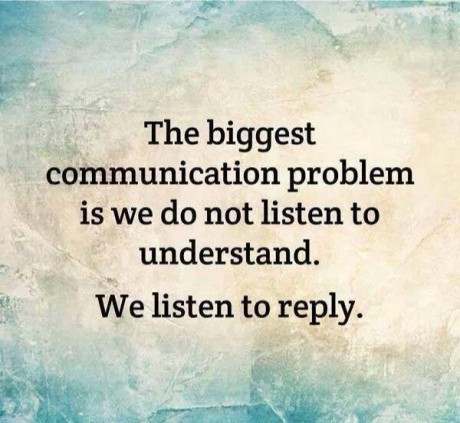If you’re in the content marketing space, you know the pains of dragging a story out of some clients (or bosses). I love our clients, and some of them are storytellers by nature, but the majority are experts in their field and that field is not story-telling. And that’s where we come in to help them out. But how do you get compelling content ideas for social media, in a time-efficient manner? Especially when so many show up for work thinking their brand is not sexy?
The short answer is that you have to learn how to be a great listener. Or follow these five steps:
1. Ask why 5 times

This is one of the most powerful tricks of the trade. I use it to get clarity on objectives but also to find out what truly motivates people.
- Start with this, Why did you start your business?
- Why do you go to work every day?
- Why do you keep doing this?
Don’t stop asking “why” until you get clarity.
2. Don’t ask about their profession, ask about their passions

Most brands want to talk about themselves. Or rather the marketers want to talk about the brands they represent in terms of product details or service offering. After all, much time, energy and money was put into developing this “brand.” But the reality is that people don’t care to talk to brands or learn from brands. They care to talk to and learn from people.
Secondly, most business people think that it’s their profession that should sell their product or service. Should you need an interior designer, would you hire one just because they’re a professional in that space? There are a bizillion interior designers out there. Why should someone choose you specifically? And, “because I’m the best” isn’t the right answer here.
You are expected to be an expert and not expected to be the best. So if you’re talking to an interior designer, discuss philosophies and their vision for the future of design or design education. Ask them for their position on controversial topics, such as the rise in the DIY movement. Ask about their leadership style, ask about those they lead, don’t ask about their craft specifically.
3. Make them a bit uncomfortable

Some of the most compelling content comes out of passion. So you need to get your client fired-up. Don’t be affraid to ask some unusual questions that dig beyond the surface:
- What keeps you up at night?
- What do your competitors say about you and what should they say about you?
- What’s the change you want to make in the world?
4. Go a little “vintage“

Retelling history lessons is the simplest form of story-telling. “Vintage” is in, so tap into its appeal.
- What do you remember from the early days of starting your business?
- What are you most proud of?
- Who is your oldest employee? What do they remember from the early days?
5. Look for even the smallest of accomplishments

The funny thing about most humans is that we forget to toot our own horn. When asked about our business we think of only the business, not the individuals. So try to ask questions of people not of organizations:
- Has someone at your business won an award?
- Do you support certain award-winning organizations?
- Have you had a milestone recently?
- Are you excited about a recent accomplishment, big or small?
How to know it’s going well

Most interviews start flowing after about 20 minutes. That seems to be the magical warm-up period. You have to have the patience, and listen for at least 20 minutes before the juiciest details will flow in. The client MUST talk more than you. Much more than you. Take notes and listen for what’s not being said. In most cases we end up with 10 story ideas in one-hour interview.
When to give up
In some cases, you won’t be able to get anything good out of your client. We’ve talked to organizations where there was clearly a lack of personality. There was no culture, there was no focus, there was no clear positioning. Or there was such a focus on perfect expertise, where it was impossible to write a piece that would compel one to dedicate the time to read it. Perfectionism is boring and doesn’t lend itself well to writing for the web. In such cases stop and find someone else within the organization to talk to. Or, advise that the client talk to a marketing strategist or branding agency to figure out what they stand for.

Leave a Reply